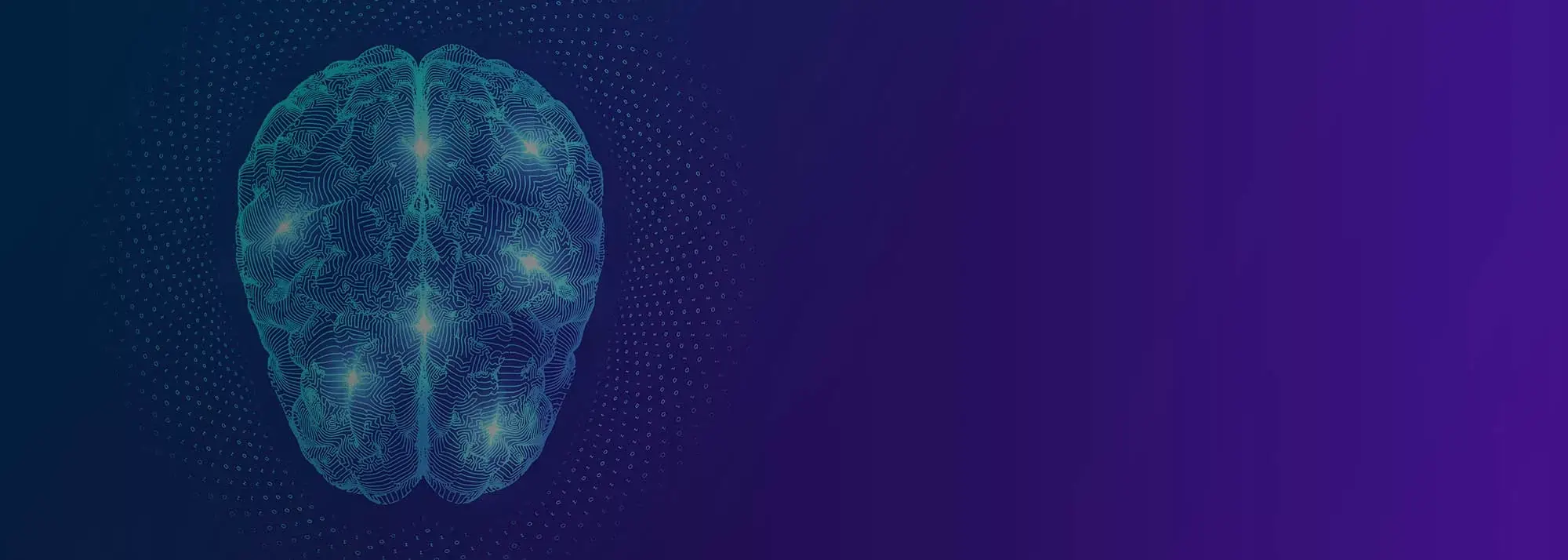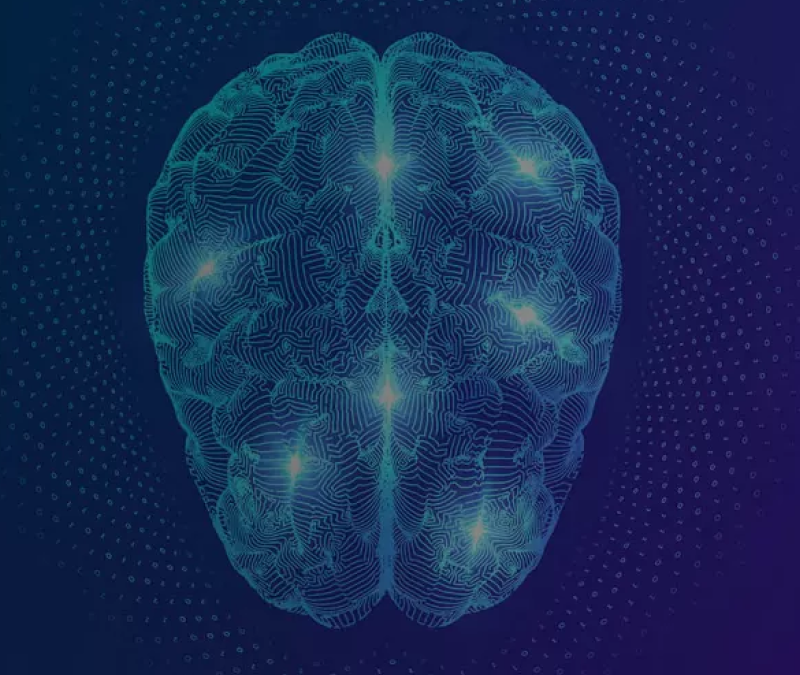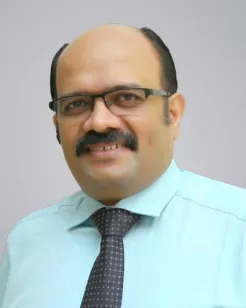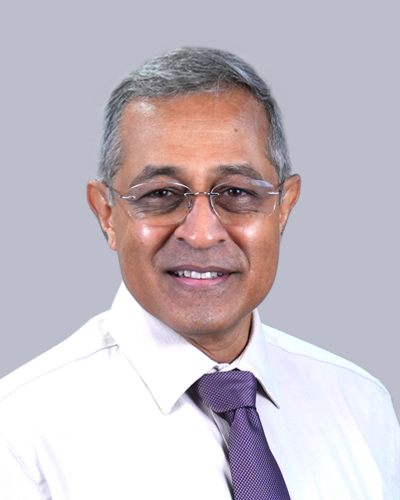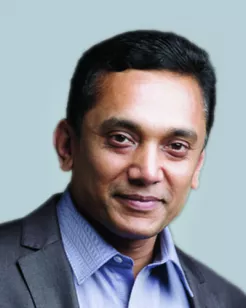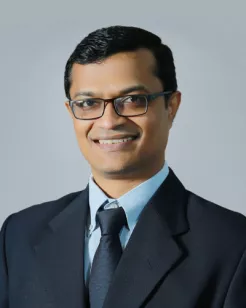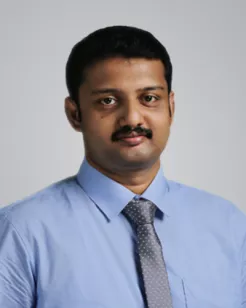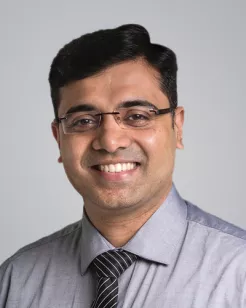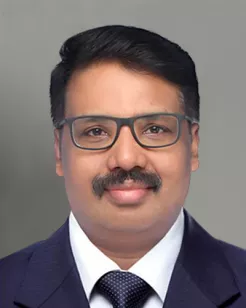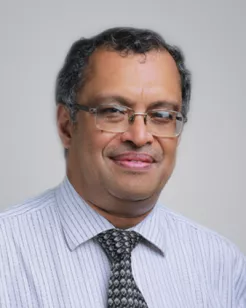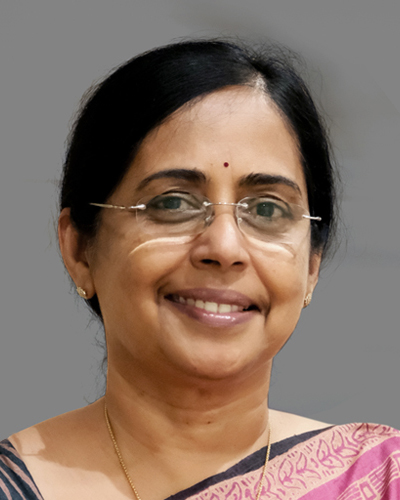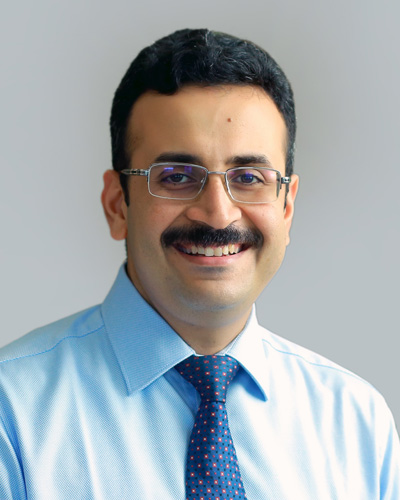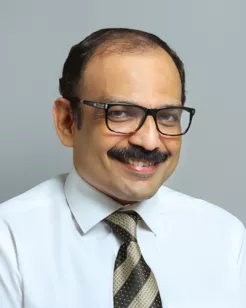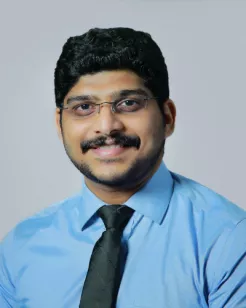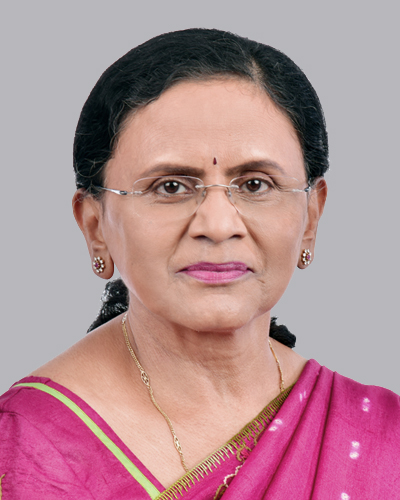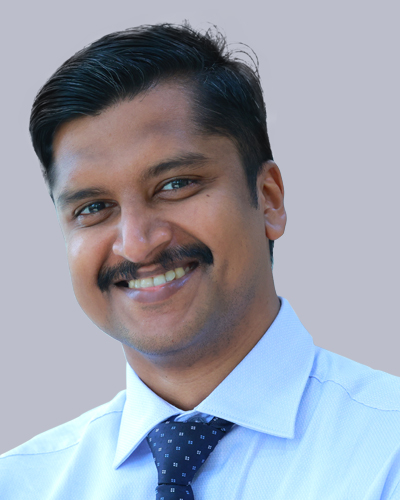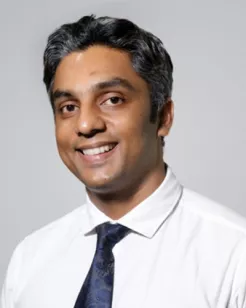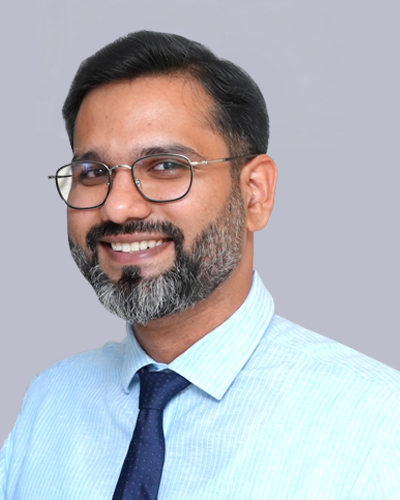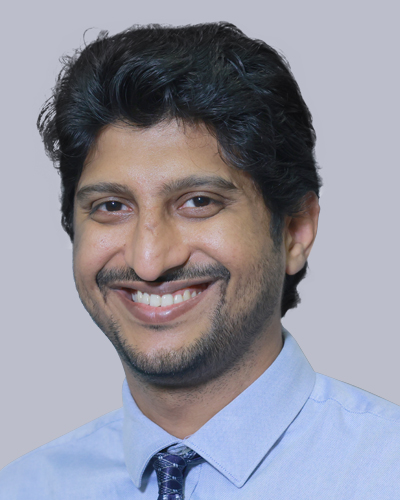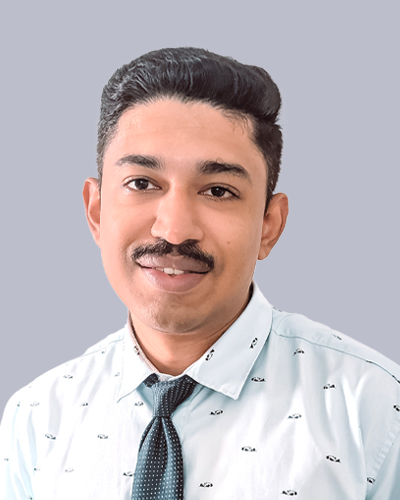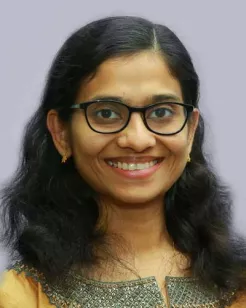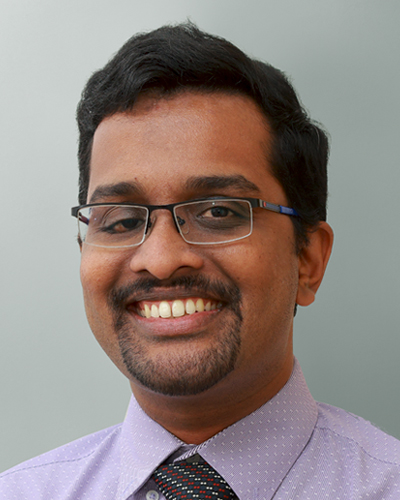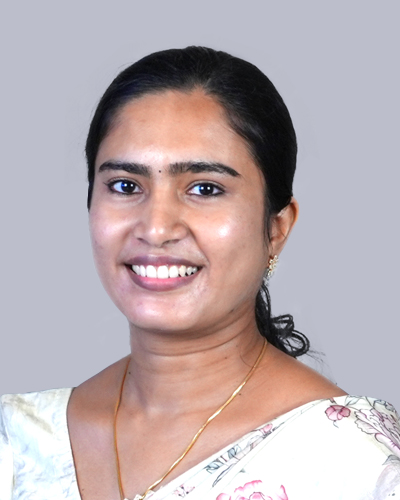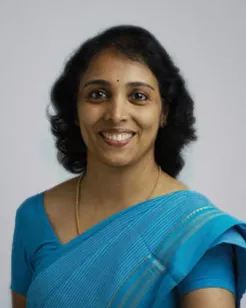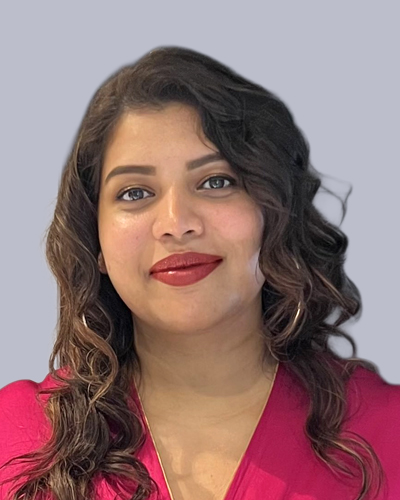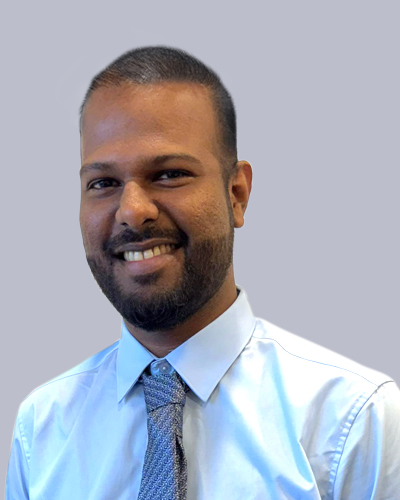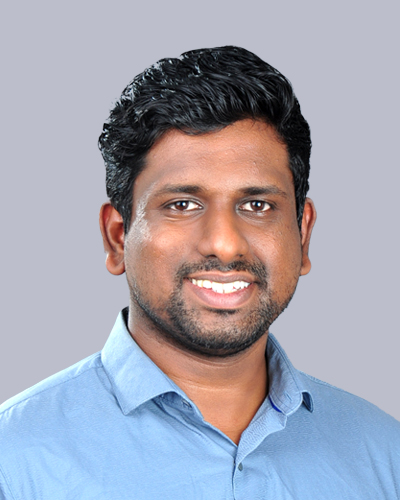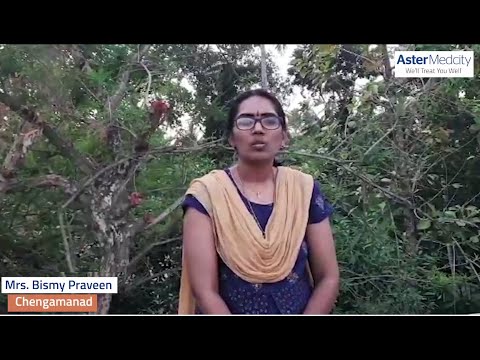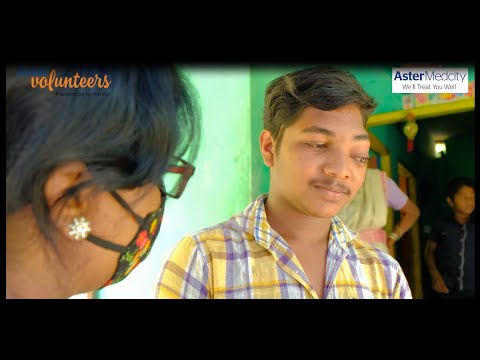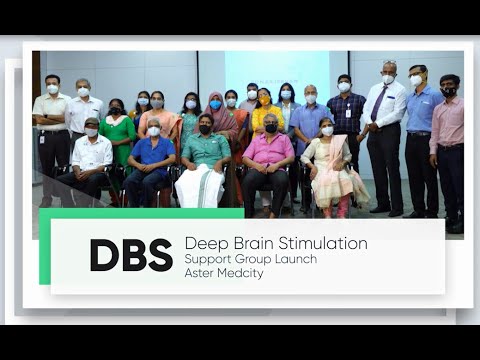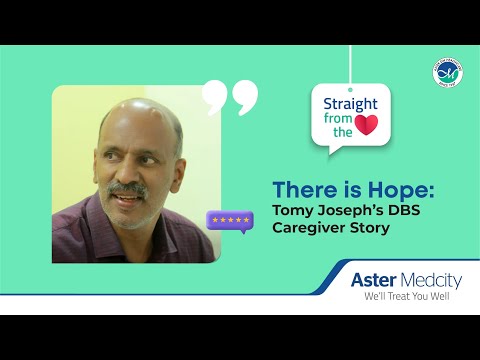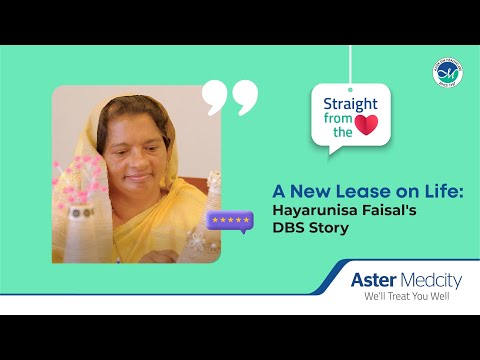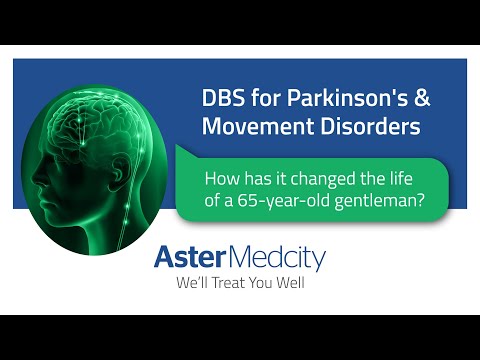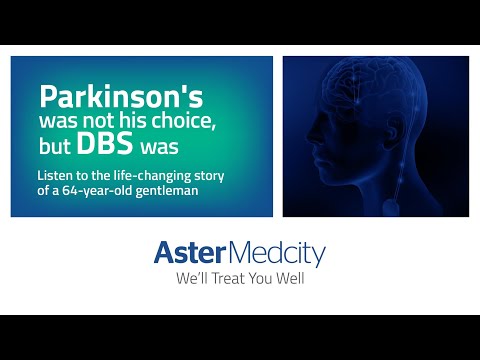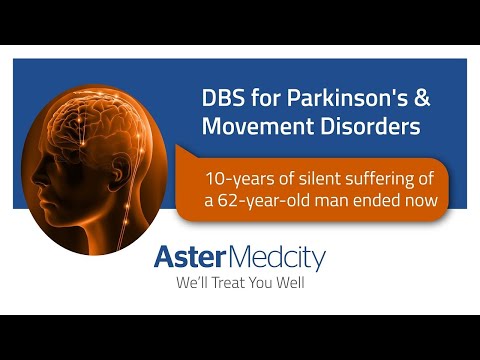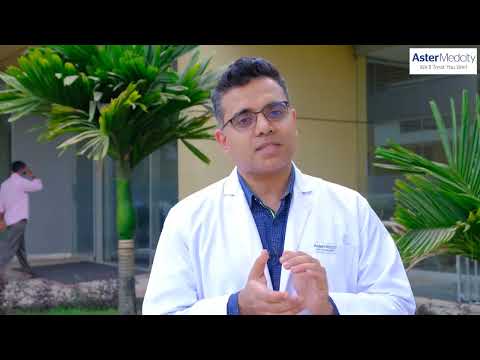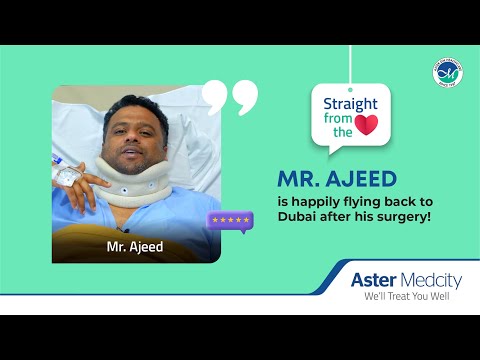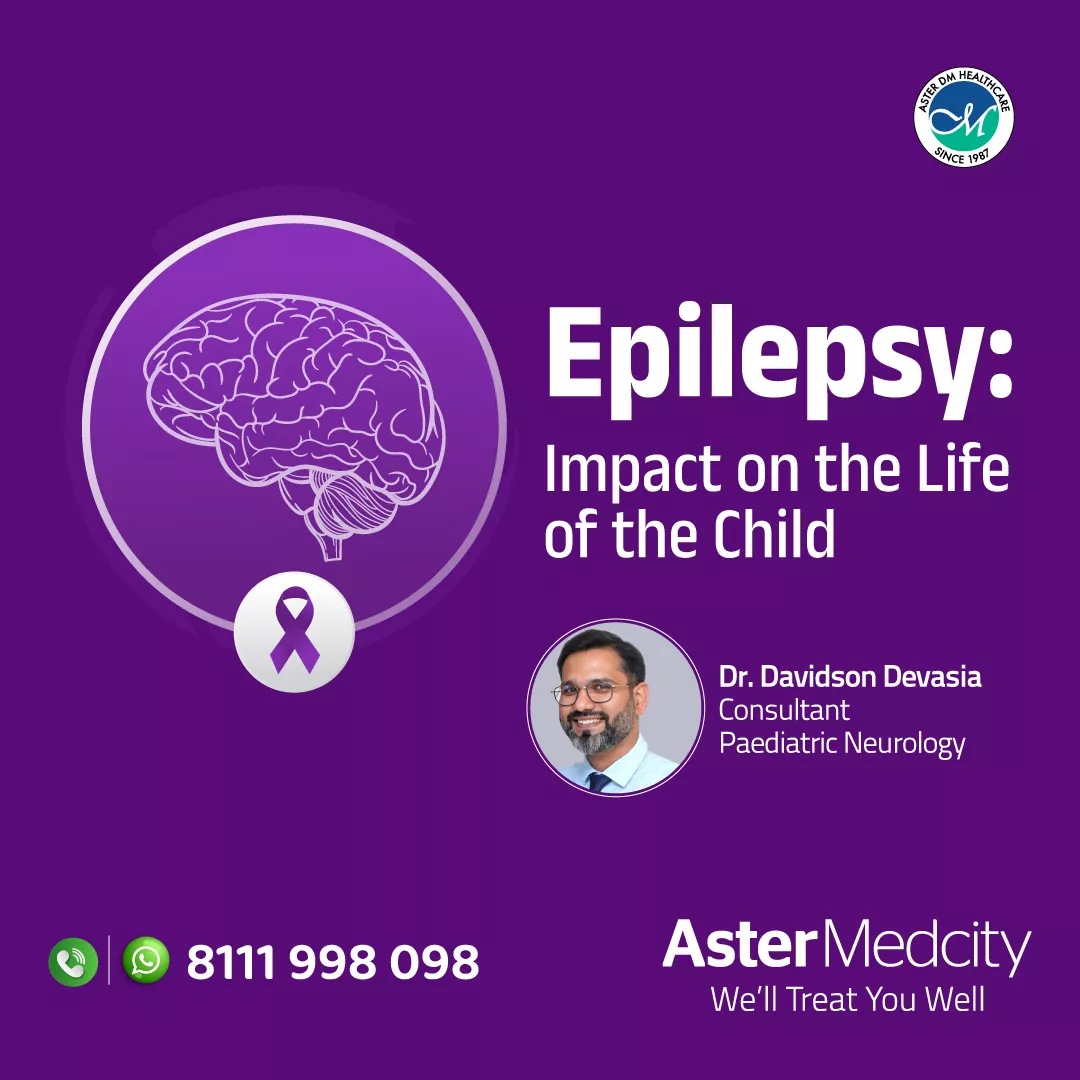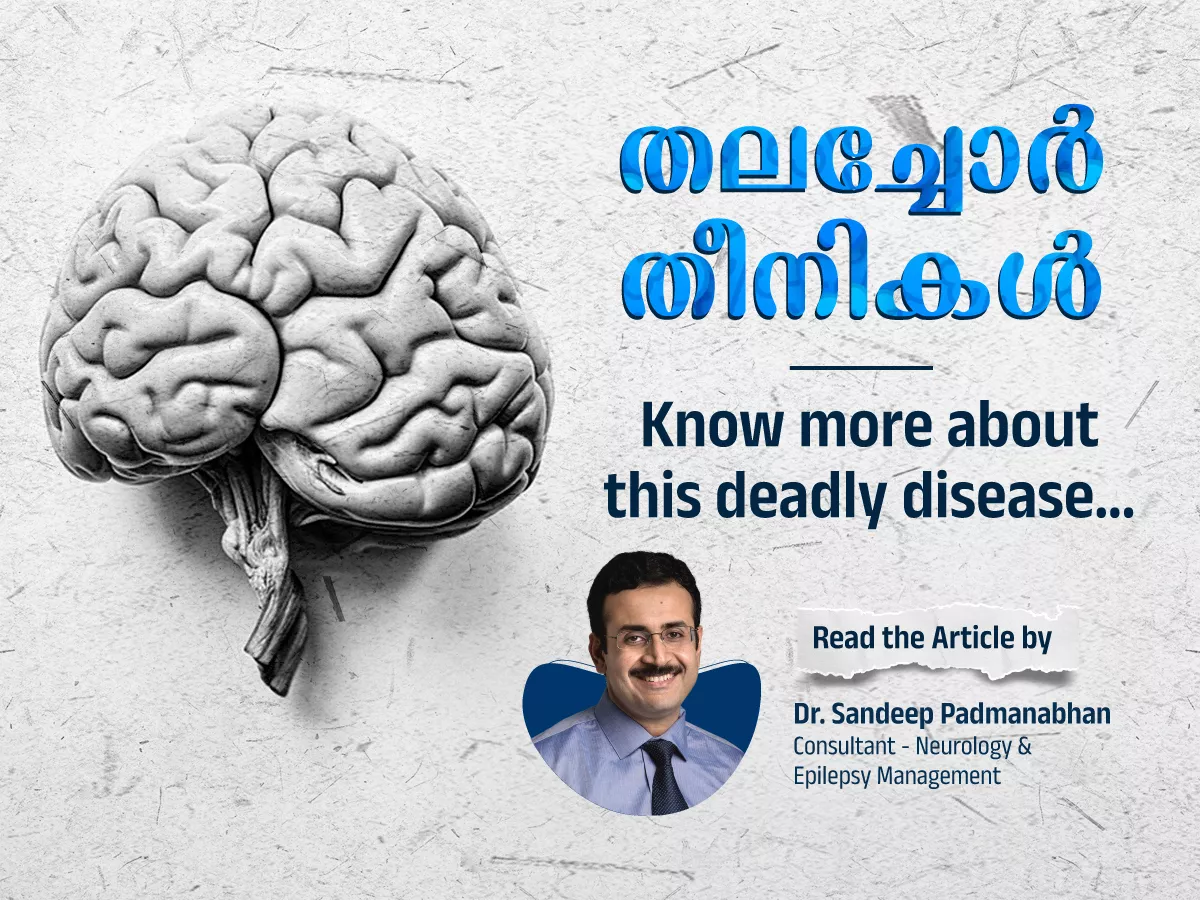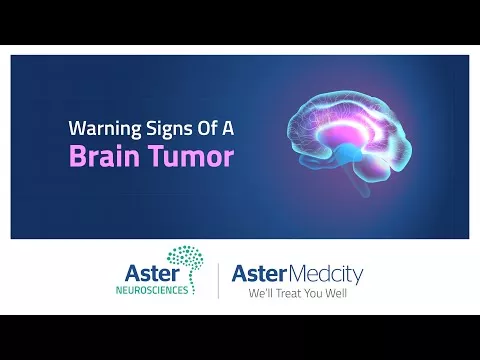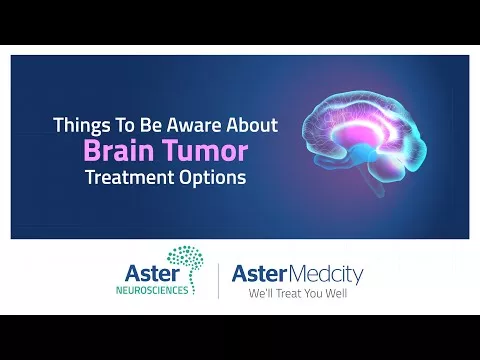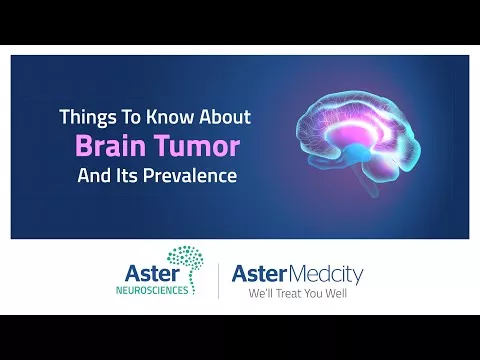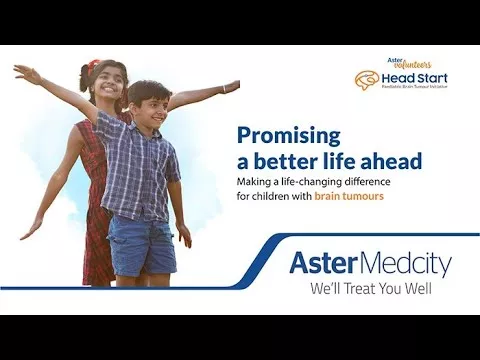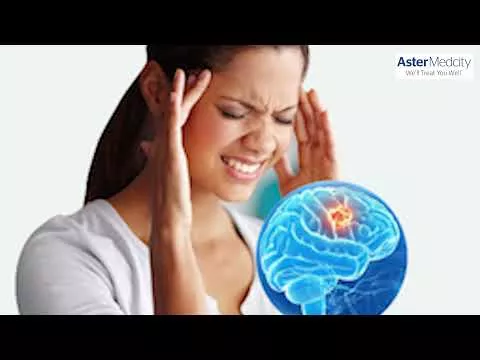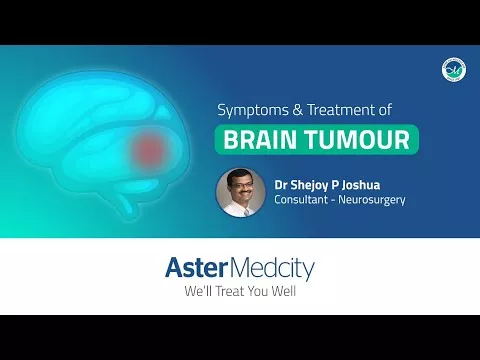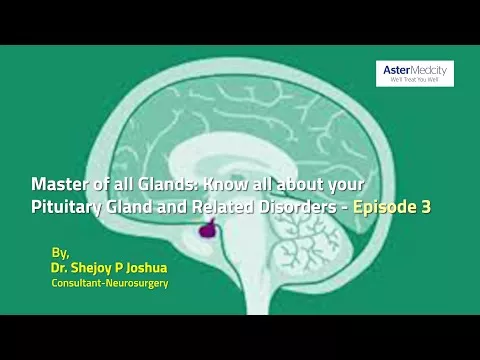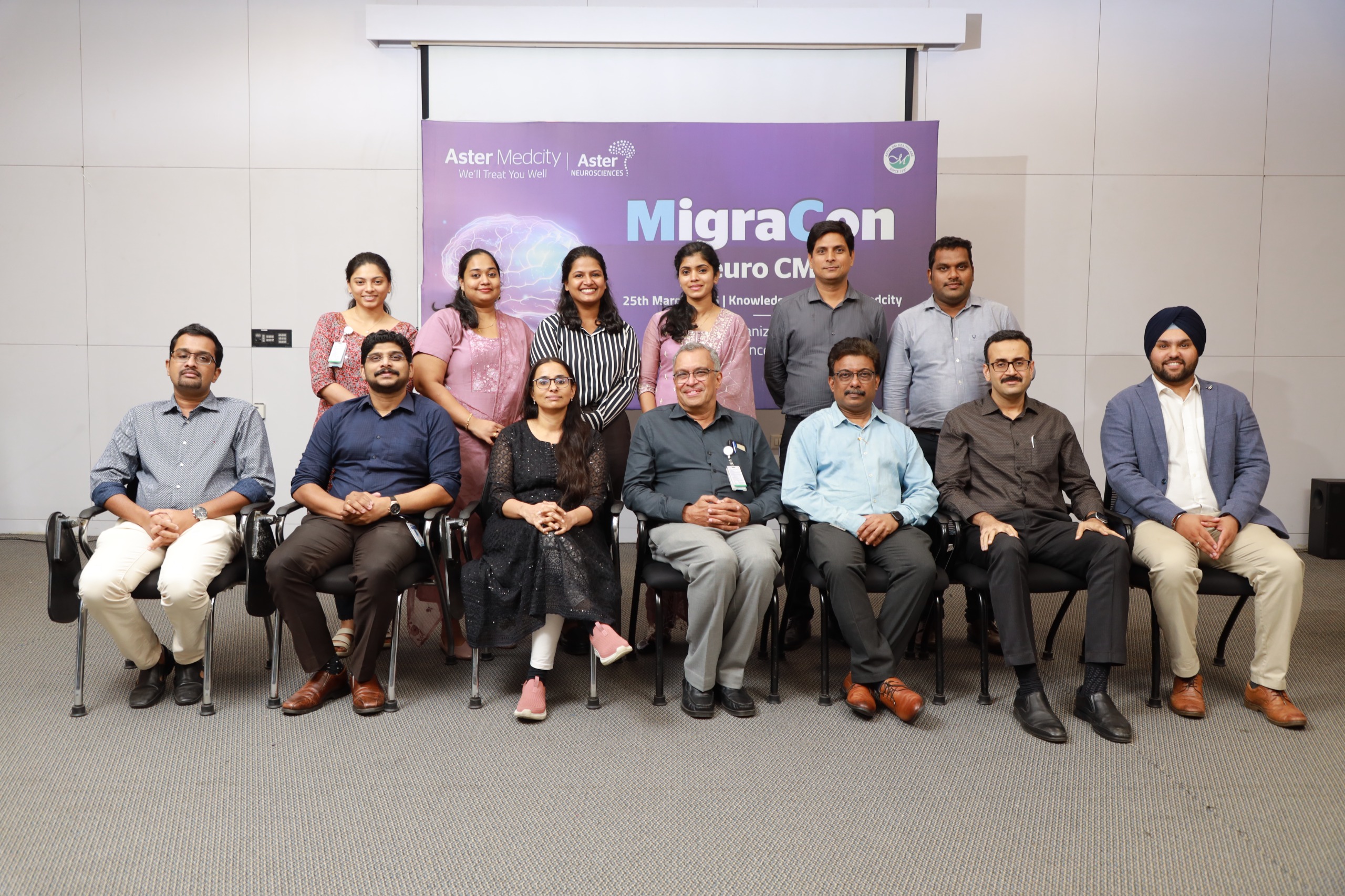The first independent facility in Kerala for comprehensive brain, spine and nerve care, the Global Centre of Excellence in Neurosciences offers advanced neurology, neurosurgery, spine surgery, neuro oncology, neuroradiology, neuropsychology and neuro rehabilitation services to patients of all ages.
Designed to function like an independent neurology hospital in Kochi, the CoE has an outpatient wing, an inpatient wing, a day care unit, dedicated neuro ICUs, digital integrated neurosurgery suites, interventional neuroradiology suites, state-of-the-art imaging facilities including nuclear medicine and a 24-hour emergency division for handling all neurological and neurosurgery emergencies including complex neurotrauma and hyperacute management of stroke. The separate entrance to the facility ensures you quick and personalised medical attention.
Our exceptional team of doctors comprises nationally and internationally trained neurologists, neurosurgeons, spine surgeons, neuroradiologists, and neuropsychologists who are capable of handling the most complex cases. Multidisciplinary in approach, they will ensure you optimal and evidence-based treatment, with the support of speciality-trained nurses, technicians and rehabilitation therapists.
State-of-the-art in terms of technology and clinical support, Global Centre of Excellence in Neurosciences is the first facility in South East Asia to offer OR1 Karlstroz fusion digital integrated neurosurgical suites with autopilot anaesthesia, the first in India to offer Flat Panel Biplane Vascular Hybrid Cath Lab and CLARITY Cathlab, the first in South India to offer IntelliSpace Critical Care and Anaesthesia (ICCA) Neuro ICUs and the first in Kerala to offer fourth generation PET-CT Scan with Time Of Flight Technology.
Advanced Technology & Facilities
Well equipped with the latest medical equipment, modern technology & infrastructure, Aster Hospital is one of the best hospitals in India.
Evaluation and treatment of acute and chronic movement disorders
We combine our expertise in the areas of patient-care, clinical research and academics in order to provide the highest level of specialised services to our patients. The Aster spine center was conceived as part of the overall scope of neurosurgery and was incorporated into our original vision document. As part of the transformation into a global COE a dedicated aster spine center was proposed. This would be a multispeciality service including neurosurgical and orthopaedic spine surgeons covering the entire gamut of spine pathology, both elective and emergency. The primary spine service would be supported by a very active physical medicine and rehabilitation service, and other departments like neurology, endocrinology, radiology and oncology. It might be possible to include an element of holistic care into the spine center by association with indigenous systems of medicine like Ayurveda.
- OR1 Fusion Digital Integrated Green OT certified surgical Suites
- IntelliSpace Critical Care and Anaesthesia (ICCA) ICUs
- Level 3 PICU
- 3.0 Tesla Widebore MRI
- 256 Slice Philips iCT Scan
- DEXA for bone density measurement
- Philips Astonish True Flight Select
- PET-CT with Time Of Flight Technology
- GE SPECT-CT Optima NM 640 Gamma Camera>
- True Beam Linear Accelerator with FFF Technology
- Karl Storz Endoscope
- Siemens Isocentric 3D C-arm
- Medtronic Stealth Station Navigation System
- Leica M530 OH6 Operating Microscope
- Leica M525 OH4 Operating Microscope
- Medtronic Legend high-speed pneumatic drills
- Medtronic Legend EHS Stylus electric drills
- Medtronic Legend oscillating and reciprocating microsaws
- Intraoperative Bone CUSA
- Intraoperative electrophysiological monitoring
- Allen Spine System Table
- Needle biopsy
- Soft tissue and bone pathology
- Spine and peripheral nerve pathology
- Immunohistochemistry & frozen section
- Advanced navigation system
- Endoscopy and MISS systems
- Intraop MRI
- Gamma (SPECT) Camera
- Whole body bone scan
- Regional three-phase bone scan
- Regional infection imaging
A single-photon emission computerized tomography (SPECT) scan lets your doctor analyze the function of some of your internal organs. A SPECT scan is a type of nuclear imaging test, which means it uses a radioactive substance and a special camera to create 3-D pictures.
Positron emission tomography (PET) scans detect early signs of cancer, heart disease and brain disorders. An injectable radioactive tracer detects diseased cells. A combination PET-CT scan produces 3D images for a more accurate diagnosis.
MRI protocol for epilepsy is a group of MRI sequences put together to improve sensitivity and specificity in identifying possible structural abnormalities that underlie seizure disorders.
This is a procedure used intraoperatively to confirm the location and extent of epileptic tissue by recording electrical activity directly from the surface of the cerebral cortex.
Invasive EEG recordings are those recordings that are made with electrodes that have been surgically implanted on the surface or within the depth of the brain.
A video EEG records what is happening when you have a seizure or event and compare the picture to what the EEG records at the same time.
An EEG records the electrical activity of your brain via electrodes affixed to your scalp. EEG results show changes in brain activity that may be useful in diagnosing brain conditions, especially epilepsy and other seizure disorders.
- Deep Brain Stimulation (DBS) Surgery: For Parkinson’s Disease, Essential Tremor, Dystonia ( primary and selected secondary dystonias), intractable Tourettes Syndrome)
- Focused ultrasound therapy: for Essential Tremor (if FUS is set up in COE Neurosciences under brain tumour centre)
We run a number of Specialty Clinics at Aster Medcity. Each clinic runs on a particular day of the week and offers a gamut of services to the needy patients. Our services include, but not limited to:
- - Clinical evaluation ,diagnosis and medical treatment of Adult and pediatric Movement Disorders
- - Selection of cases of Movement Disorders for DBS treatment
- - Selection for Apomorphine pump treatment for advanced Parkinson’s disease (OP assessement of eligibility and IP for initial titration). Indicated for those who opt for non surgical treatment or in whom surgery is contraindicated
- - Cognitive and Neuropsychological evaluation
- - Neuropsychiatric assessment
- - Physiatry assessment and physiotherapy
- - Autonomic function tests
- - Sleep studies
- - TRODAC studies, MRI through Radiology and nuclear medicine dept
- - Speech, swallowing and gait rehabilitation
- - Pain and palliation in advanced movement disorders
- - Selection of patients for clinical trial and research
- - Movement Disorder Clinic
- - Deep Brain Stimulation (DBS) Programming Clinic
- - Pediatric Movement Disorder Clinic
- - Memory Clinic
Aster Hospitals are well equipped to run all kinds of neurological diagnostic tests. Our top-of-the-line medical equipment and highly experienced doctors and surgeons strive to their maximum capacity to properly diagnose and offer treatments that help heal patients, prolong life, and improve the patient's quality of life.
ORI Fusion Digital Integrated Operation Theatres With 22 Operating Rooms that are on par with some of the largest in the world, Aster Medcity, for the first time South India, introduces ORI Fusion Digital Integrated Operation Theatres using Karlstorz OR1 Fusion - Asia Pacific’s first complete digital integration system.
The integration enables real-time sharing of images, videos and medical reports, which not only facilitates virtual participation from any location in the world but also helps the rest of the surgical team to monitor the patient closely during the operative procedure, much to the benefit and safety of the patient undergoing the surgery.
Aster Medcity is also the first surgical facility in the state to offer Robotic Surgery using a high-precision da Vinci Surgery Robot.
Advanced Features
- PACS, HIS, and video recording integrated for single monitor control by Surgeons
- Each Operating Room has 3 cameras and 6 monitors for Doctors to monitor patient parameters and the surgical procedures
- Operative procedures can be transmitted live to various locations within and outside the Hospital
- Facilities for interactive sessions during operation through live transmission of the procedure
- Doctors can join the Surgical team and monitor the patient from any location outside the hospital
- Da Vinci Surgical Robot for performing minimally invasive Robotic Surgery
- State-of-the-art engineering techniques to maintain positive pressure within operating rooms along with heap filters to reduce infections
- Individual air handling unit for each Operating Room
- Equipped with Isocentric C Arm
- Advanced facilities to monitor including depth of Anaesthesia, Neuromuscular Monitoring, Transcranial Doppler and 3D Echocardiogram
- High-end Anaesthesia workstation with precision delivery of Anaesthetic gases
- Autopilot facility Anaesthesia machines
- Capability to export information to all ICUs within the hospital
- Induction bay with facilities for parents to be with children during induction of Anaesthesia
- As all Operating Rooms here are approximate of the same size, they can accommodate a variety of equipment- surgical, as well as those for ensuring the safety and protection of the patient
- Stringent Infection Control measures followed under the surveillance of experienced Doctors
Anesthesia Team
- Perioperative anesthetic care
- Anesthesia for solid organ transplant
- Invasive monitoring of deep hypothermic circulatory arrest and associated techniques
- Anesthetic support for SSEP and MEP
- Anesthesia for infants, neonates, and children
- Anesthesia for craniofacial reconstructive and cosmetic surgery
- Labor analgesia and obstetric Anaesthesia
- Regional anesthetic techniques with ultrasound and PNS
- Transesophageal echocardiography
- Fiber optic bronchoscopy
- Difficult intubation maneuvers
- Intar aortic balloon support
- Inotropes vasodilators and vasopressors
- ECMO and LVAD assistance
- Neuro monitoring: BIS, NIRS, neuromuscular monitoring, TCD
- Special anesthetic techniques for awake craniotomies
- Blood conservative measures
Seamless Team Work
The ORI Fusion Digital Integration system in the Operating Rooms helps create a workflow that’s seamless by enabling virtual participation of Doctors in the procedure, from whichever part of the world they are in at that point in time. As all medical reports and image modalities including the operation procedure can be transmitted live to any location inside or outside the hospital, Doctors can become a part of the Surgery Team on a real-time basis, wherein they can interact with Surgeons in the OR, closely monitor the procedure as well as patient parameters and contribute their expert suggestions.
- Karl Storz OR1 Fusion Technology
- Single monitor control enabled through integration of PAC, HIS & Video Recording
- Live to share all image modalities & medical reports
- 3 cameras and 6 monitors in every OR.
Waiting Lounge
Aster Medcity understands that the time of surgery is stressful for the family of the Patient as well, which is why the bystander’s waiting lounge has been designed in such a way that it provides a calming, comforting ambiance
Scenic view of the backwaters from the visitor's lounge, Recliner Chairs, Cafeteria
Guest Relation Team who updates the bystanders on patient’s progress at regular intervals and ensures a warm, hospitable atmosphere.
Patient Stories
Our patients are our best advocates, hear the inspiring stories of their treatment journey
Blogs
The source of trustworthy health and medical information. Through this section, we provide research-based health information, and all that is happening in Aster Hospital.
News & Events
Stay updated with the latest happenings at Aster Hospitals. Explore our News and Events section for insightful articles, health tips, upcoming events, and noteworthy achievements.
